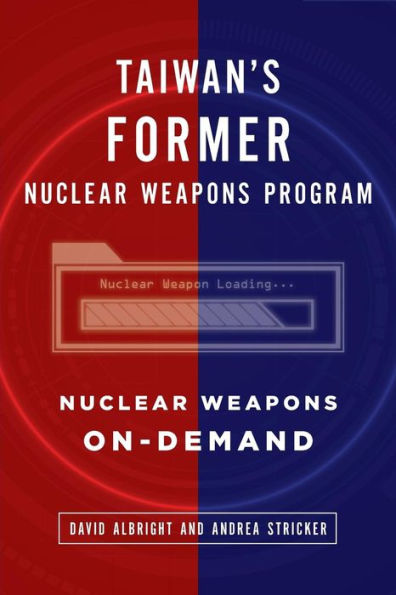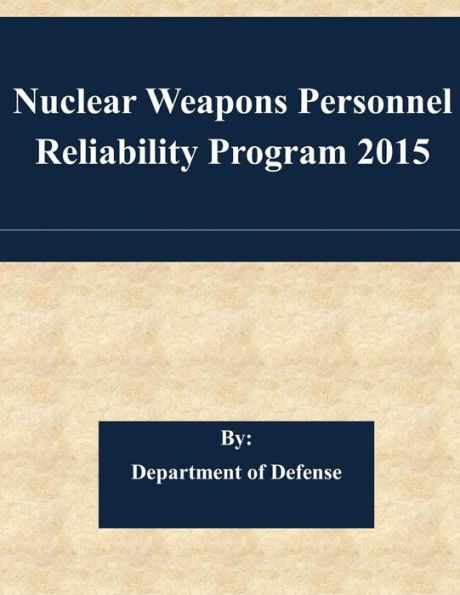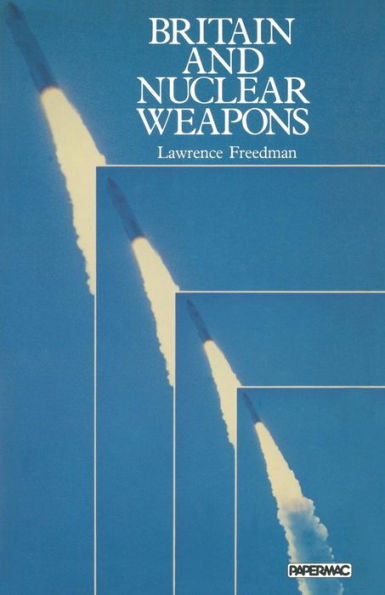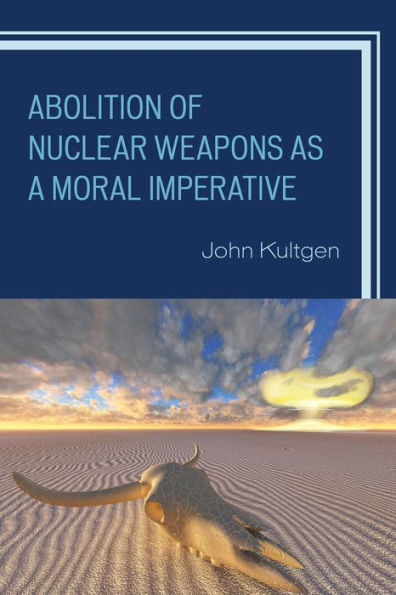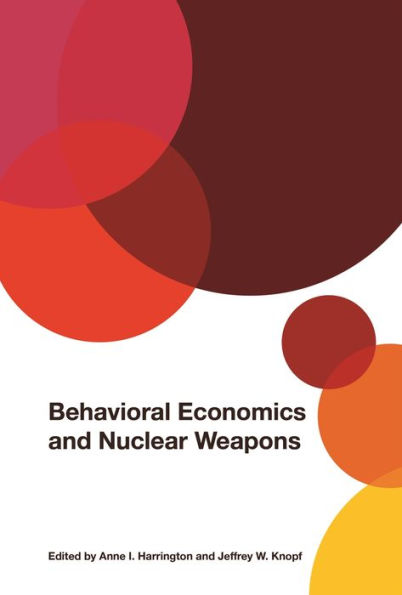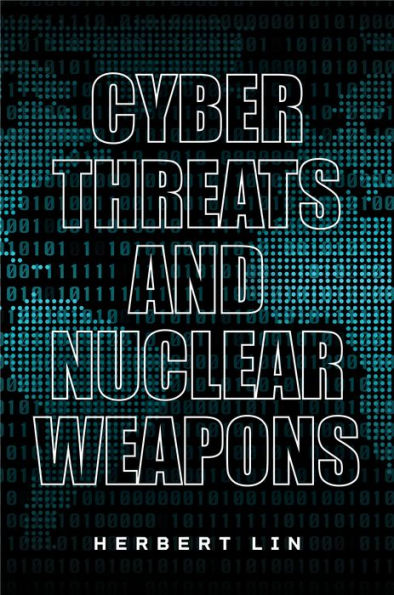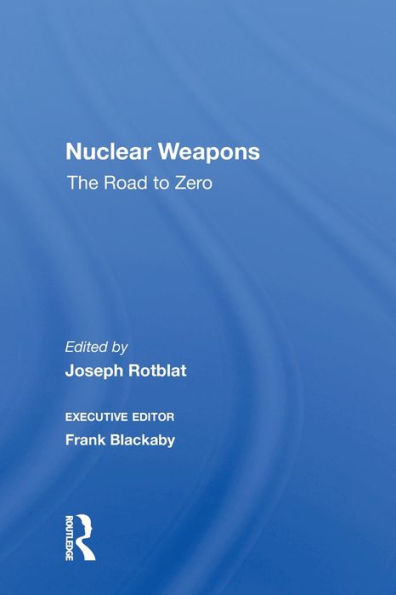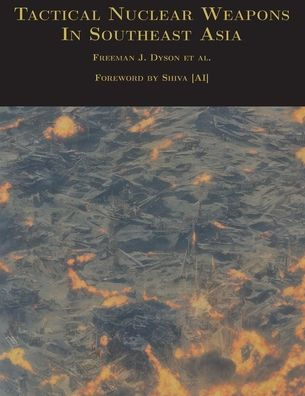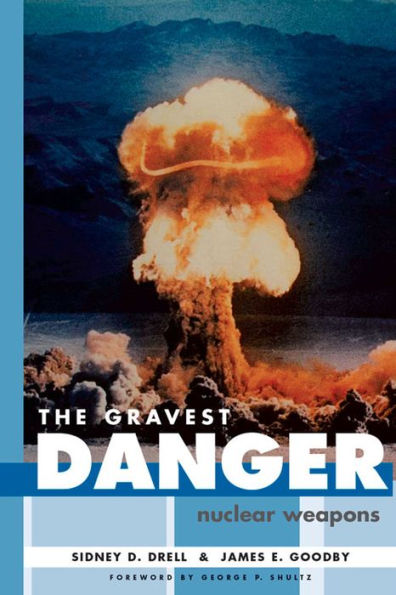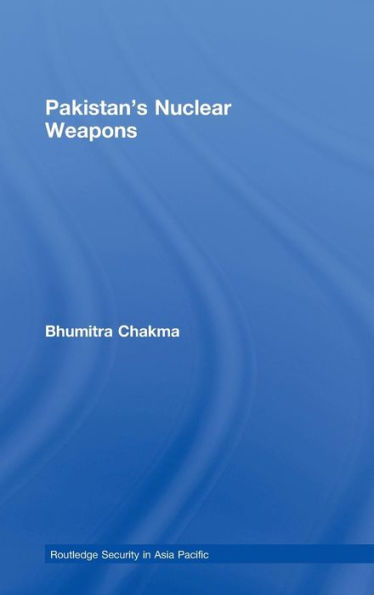Home
The Drivers of India's Nuclear Weapons Program
Barnes and Noble
The Drivers of India's Nuclear Weapons Program
Current price: $12.95
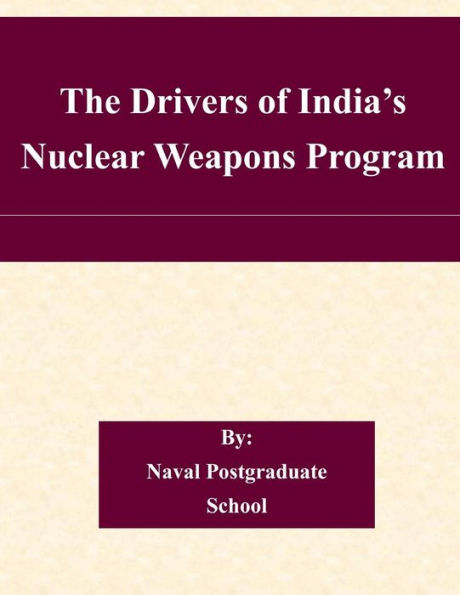

Barnes and Noble
The Drivers of India's Nuclear Weapons Program
Current price: $12.95
Size: OS
Loading Inventory...
*Product information may vary - to confirm product availability, pricing, shipping and return information please contact Barnes and Noble
Since it openly became a nuclear state in 1998, India has dramatically expanded the quantity and quality of its nuclear arsenal. This thesis examines the factors currently driving India's nuclear weapons program. It explores India's threat perceptions of China, its threat perceptions of Pakistan, its desire to achieve great power status, and domestic organizations relevant to its strategic program. After comparing each factor, the thesis concludes that India's threat perception of China is the strongest driver. Due to the capability gaps in both conventional and nuclear forces that exist between the two states, India is committed to creating a strong strategic arsenal as its only means of credibly deterring China from possible conflict. The second strongest factor is its desire for great power status. India is still not accepted by every nuclear power as a peer, and by improving its capabilities, India hopes to gain greater recognition. Domestic elements are the third strongest factor since they have waned in influence as organizational changes have emphasized security concerns. Finally, India's weakest driver is its security fear of Pakistan; its nuclear arsenal has reached the point where its leaders are confident they can deal with Pakistan in a strategic sense.
